The Future of Advertising: Revolutionary Privacy-Centric Ad Solutions in 2025
As privacy regulations tighten and consumers become increasingly aware of how their data is used, digital marketing is undergoing a major transformation. Privacy-centric ad solutions are at the forefront of this shift, offering a new way for marketers to connect with their audiences while respecting user privacy. These solutions strike a balance between delivering effective advertising and adhering to strict privacy laws such as the GDPR and CCPA, and they align with evolving consumer preferences for greater transparency.
This article delves into the latest developments in privacy-centric ad solutions, the challenges they present, and actionable strategies to help marketers succeed in this privacy-first era.
Why Privacy-Centric Ad Solutions Are Crucial
Privacy-centric ad solutions have become essential as the digital marketing landscape evolves. Several factors are driving this change:
- Stricter Privacy Regulations: Laws like GDPR in Europe and CCPA in California demand that businesses obtain explicit consent before collecting or using personal data. These laws have prompted companies to overhaul their data collection and advertising practices.
- Consumer Expectations: A growing number of users are concerned about data privacy. Studies by Emarsys indicate that over 90% of consumers prefer brands that prioritize transparency and ethical data usage.
- Technological Advancements: Major tech companies are leading the charge by introducing privacy-first technologies. For instance, Google’s Privacy Sandbox and Apple’s App Tracking Transparency (ATT) framework are reshaping how advertisers reach their audiences.
By adopting privacy-centric ad solutions, marketers can build trust, comply with regulations, and future-proof their advertising strategies.
Key Privacy-Centric Ad Solutions to Watch
Several innovative tools and techniques are setting the standard for privacy-centric advertising in 2025. These solutions ensure effective targeting while protecting user data:
Google’s Privacy Sandbox:
Google’s Privacy Sandbox is a set of tools designed to replace third-party cookies with more privacy-friendly alternatives. The FLEDGE API enables interest-based advertising by grouping users into interest categories, while the Topics API categorizes users based on their browsing history stored locally on their devices. These technologies maintain user anonymity while allowing for targeted advertising.
Apple’s App Tracking Transparency (ATT):
Apple’s ATT framework requires apps to ask users for permission before tracking their activity across other apps and websites. This shift has forced marketers to rethink traditional tracking methods, pushing them to adopt privacy-centric ad solutions like first-party data collection.
Contextual Targeting:
This approach targets users based on the content they engage with rather than their individual behavior. For example, an article about fitness might feature ads for gym memberships or athletic gear. Contextual targeting aligns with privacy-centric principles by eliminating the need for intrusive tracking.
Zero-Party Data Strategies:
Zero-party data refers to information that users willingly share, such as their preferences, interests, or feedback. Brands can use this data to create personalized marketing campaigns without violating privacy laws. Interactive tools like surveys, polls, and quizzes are effective ways to collect zero-party data.
Privacy-First Analytics Tools:
Tools like Matomo and Plausible Analytics prioritize privacy by avoiding intrusive tracking and focusing on anonymized data collection. These tools are becoming popular alternatives to traditional analytics platforms that rely on invasive methods.
Benefits of Privacy-Centric Ad Solutions
Integrating privacy-centric ad solutions into your marketing strategy offers numerous benefits:
- Building Consumer Trust: Transparent data practices foster trust and encourage customer loyalty. When consumers feel their data is safe, they are more likely to engage with your brand.
- Compliance with Privacy Laws: Using privacy-first tools and techniques ensures that your marketing efforts align with global regulations, reducing the risk of legal penalties.
- Reaching the Right Audience: Solutions like contextual targeting allow advertisers to deliver relevant ads without compromising user privacy, leading to better engagement rates.
- Competitive Edge: Brands that adopt privacy-centric practices early can position themselves as leaders in ethical marketing, appealing to privacy-conscious consumers.
Challenges of Implementing Privacy-Centric Ad Solutions
While the benefits are significant, transitioning to privacy-centric advertising presents some challenges:
- Data Scarcity: Marketers must adapt to working with less granular data, making it harder to segment and target audiences effectively.
- Higher Costs: Developing and implementing privacy-compliant solutions often requires a significant investment in technology and expertise.
- Complex Implementation: Tools like protected audience API or Apple’s ATT framework require technical knowledge and constant updates to keep pace with evolving standards.
Despite these obstacles, the long-term advantages of privacy-centric ad solutions outweigh the challenges. Companies that embrace these changes can expect stronger consumer relationships and sustainable growth.
Strategies for Success in Privacy-Centric Advertising
To succeed in this new landscape, digital marketers should adopt the following strategies:
Prioritize First-Party and Zero-Party Data:
Focus on building direct relationships with your audience. Collect data through owned channels like websites, email campaigns, and social media platforms. Loyalty programs and interactive content such as quizzes and surveys are excellent ways to gather zero-party data.
Leverage Contextual Advertising:
Shift from behavioral targeting to contextual targeting. This approach aligns ads with relevant content, ensuring they resonate with users without relying on personal data.
Invest in Privacy-First Platforms:
Partner with tools and technologies like Google’s Privacy Sandbox or Apple’s ATT framework. These platforms are designed to support effective advertising while adhering to privacy standards.
Educate Your Team and Audience:
Train your team to use privacy-focused tools effectively and keep them informed about evolving regulations. Additionally, be transparent with your audience about your data practices. Clear communication builds trust and encourages engagement.
Monitor Trends and Regulations:
Stay informed about changes in privacy laws and advancements in technology. Being proactive ensures your strategies remain compliant and effective.
SEO Optimization Tips for Privacy-Centric Ad Content
To maximize the impact of your campaigns, optimize your content for search engines:
- Use relevant keywords like “privacy-centric ad solutions,” “contextual targeting,” and “data privacy in marketing.”
- Include the focus keyword in your title, headers, and throughout the content at a natural density of 1-2%.
- Create internal links to related content on your website, such as articles about data privacy laws or first-party data strategies.
- Build external links to authoritative resources like Google’s Privacy Sandbox and Apple’s ATT framework.
The Future of Privacy-Centric Advertising
Privacy-centric ad solutions represent the future of digital marketing. By prioritizing user privacy, brands can not only comply with regulations but also build stronger relationships with their audiences. These solutions offer a pathway to ethical advertising that aligns with consumer expectations and fosters long-term success.
Marketers in digital marketing who embrace these changes early will be better equipped to navigate the evolving landscape. From Google’s Privacy Sandbox to contextual targeting, the tools and techniques for privacy-centric advertising are readily available. The question is, are you ready to adapt?
